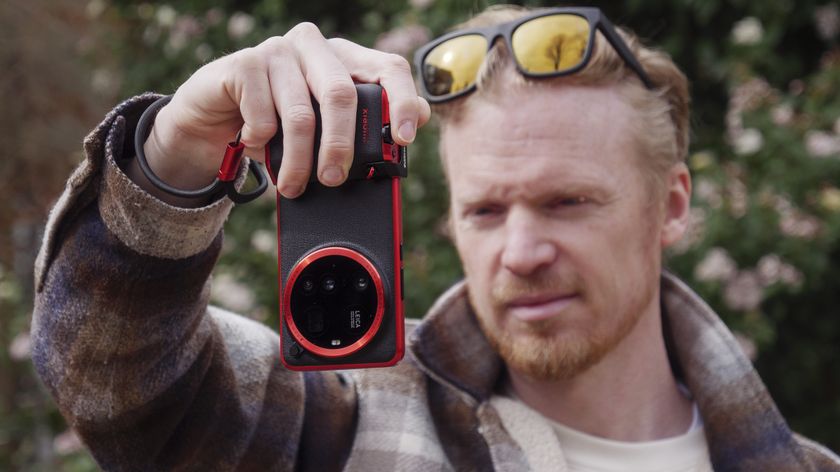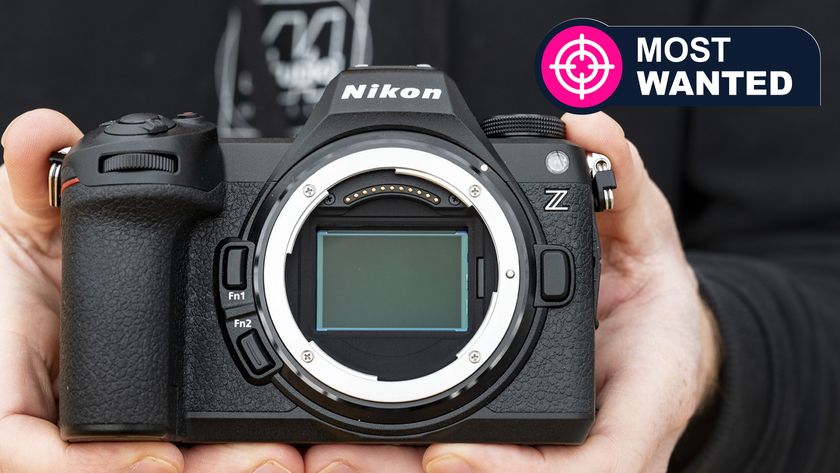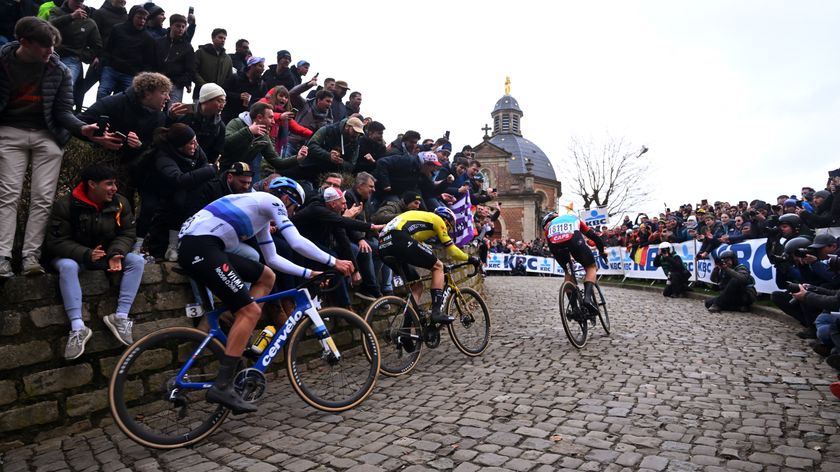Photography Lighting: how to take control of everything from natural light to flash
Quality of light
Simple ways to make the most of natural light
In this section we take a look at how you can make the most of natural light on any given occasion.

For large subjects such as landscapes or buildings it's not feasible to control the light, so you will be at Mother Nature's mercy.
However, you can choose the direction of the light by your viewpoint, and with a little planning you have some control over the quality of light by shooting at different times of day or in varying weather.
The classic time to shoot scenic images is during the golden hour. This is the hour after sunrise and before sunset when the sun is low in the sky, giving strong side lighting on the landscape to reveal texture and shape.
When the sun is low in the skyyou will find that the colour temperature is lower, giving your shots a warmer look.
Shoot into the light
One of the most dramatic and striking lighting effects is when you shoot into the light. This technique - also known as contre jour or backlighting - gives your images a totally different look to shooting with the light in front of the subject.
With the light behind the subject you can get two completely different 'looks' by altering the exposure. By exposing for the background the subject will be dark, producing a silhouette, while exposing for the subject will over-expose the background, giving a much brighter, high-key effect.
Get daily insight, inspiration and deals in your inbox
Sign up for breaking news, reviews, opinion, top tech deals, and more.
When you're shooting into the light you should always avoid looking directly at the sun, so try composing using Live View, rather than the optical viewfinder.
You've probably seen the 'perfect' sunset, even if only from your house or car window, but how many times have you seen it when you've been out with your camera?
If the answer is many then you're either extremely lucky, or more likely you spend too much time checking the weather forecast!
But knowing what conditions to look for, and the timing and position of the sun during the day, is the key to getting the most from natural light.
READ MORE
3 exposure techniques every beginner must know (and when you should use them)
Expose to the right: the camera technique every landscape photographer should know
10 quick landscape photography tips
Predicting the natural light
The old-fashioned way of looking at maps and using a sun compass still works, but there are plenty of smartphone, tablet or desktop apps, like The Photographer's Ephemeris or Sun Seeker.
These allow you to accurately predict the position of the sun for any time or date, but you still need to keep an eye on the weather to know whether it will be clear or cloudy.


Above left and right: Choosing whether to shoot into the light or with the light behind you will make a huge difference to the results that you are able to achieve


Above left and right: The lovely warm colours and strong side light of this shot taken just after sunrise (right) produce far more striking results than the much cooler light in the same shot taken just 30 minutes later (left)
READ MORE
Flat Light: how to bring your dull images back to life
How to fake the golden hours in Photoshop (even if you shot a JPEG)
The 10 Commandments of Landscape Photography (and how to break them)
Shoot in the direction of light
When you're shooting into the light, the exposure you choose is absolutely critical to the final look of your shots. Here's how it works…

01 Avoiding flare
A lens hood will help avoid flare if the light source is just outside the frame, but if it's still affecting your shot you can try shading the front of the lens with your hand or a piece of card. Be careful to avoid it appearing in your shot though.

02 Expose for a silhouette
To expose for the background, and record the main subject as a silhouette, try using the Exposure Compensation feature to reduce the exposure. A setting of -1 will usually be enough to create a silhouette effect.

03 Expose for the main subject
If you want to capture more detail in the foreground subject you'll need to increase the exposure. Use the Exposure Compensation feature, setting the indicator to +1. If it's still too dark, try increasing the value to +2.
READ MORE
10 common exposure problems every photographer faces (and how to fix them)
Exposure bracketing: how to capture fine detail in shadows and highlights
How to use AE lock to control exposure













